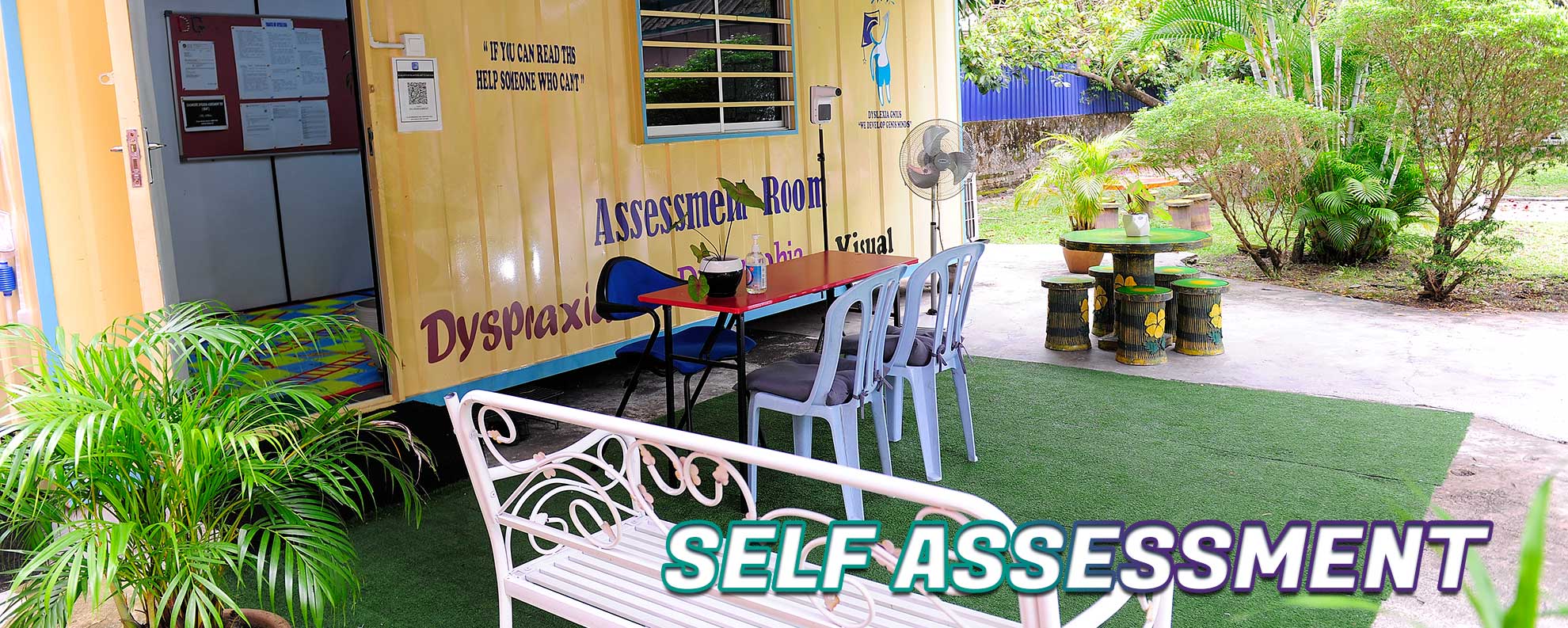
How does one recognize dyslexia (SLD)?
Basically, we talk about primary dyslexia when the following factors can be observed:
- A child’s intermittent inattention when writing, reading, or calculating, i.e., as soon as he encounters letters and/or numbers.
- Differentiated sensory perceptions are not sufficiently developed for learning writing, reading, and arithmetic (calculation).
- Perceptual mistakes due to blurred sensory perceptions and the resulting inattention.
Online Dyslexia Self-Test
Reading
- Struggles to ‘hear’ sounds.
- Is noticeably inconsistent when reading, e.g. recognising a word then later making errors with the same word.
- Is working at a significantly lower reading level than that of their peers.
- Is a slow reader or makes unexpected errors when reading.
- Finds it difficult to keep track of their place when reading.
- Reports that words are moving around the page.
- Is reluctant to read, whether to themselves or aloud to a teacher of the class.
- Reads a word, then fails to recognise or read it again later in the text.
- Struggles to remember what has been read.
- Struggles to copy information down when reading from the board.
- Is excessively tired after a reading or spelling session.
Spelling
- Forgets how to spell short and familiar words.
- Mixes the order of letters when spelling words.
- Struggles to spell unfamiliar words.
- Has difficultly with phonemes.
- Spells words in inconsistent ways.
Writing
- Is able to speak articulately about a story or answer but struggles to put it into writing.
- Struggles recording ideas on paper when writing.
- Struggles taking notes.
- Reverses letters and numbers, e.g. writes 15 for 51, b for d, etc.
- Has poor handwriting and/or struggles to hold the pen/pencil correctly.
- Has difficulty writing fluently.
- Makes mistakes when writing, including letter reversals, confused starting
- Points and irregular size.
- Can answer question orally but has difficulty writing the answers down
Memory
- Forgets names of familiar people or objects.
- Struggles to recall items from a list.
- Can find learning things by rote difficult.
- Loses train of thought easily.
- Has difficulties carrying out three instructions in sequence.
- Struggles to learn sequences such as days of the week or the alphabet.
- Struggles to remember sequential routines.
- Quickly forgets newly learned skills (poor short term/working memory).
Behaviour/Other
- Other members of the family have similar difficulties.
- Has trouble learning nursery rhymes or songs.
- Is distracted easily by background noise.
- Is disruptive to the class, especially when completing literacy-based tasks.
- Has difficulties with distinguishing between left and right.
- Has difficulties with coordination.
- Has difficulties with organisation.
- Struggles with mental arithmetic or learning times tables.
- Seems to struggle with maths and/or understanding terminology in maths.
- Seems bright in some ways but unexpectedly struggles in others.
- Will become more ‘off task’ when working on literacy activities, e.g. taking trips to the toilet, talking to peers.
- Has anxiety about or negative attitude towards literacy.
- Seems to get frustrated easily or suffers unduly with stress and/or low self-esteem.
- Needs an unexpected amount of support and/or time with classwork and homework.
- Is excessively tired after a day at school.
- Creates a reduced quantity of work completed compared to peers.
- Has difficulties understanding time and tense.
- Has a talent for visual and/or kinaesthetic learning activities but struggles with other tasks.
If you registered more Yes than No, please fill in the form below to get an appointment for a full educational assessment with our specialist to diagnose if your child has problems related to Specific Learning disorders particularly dyslexia, and help your child address their difficulties.
